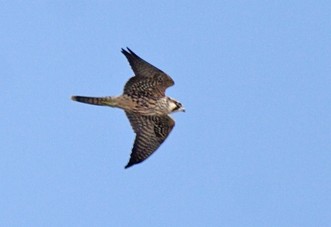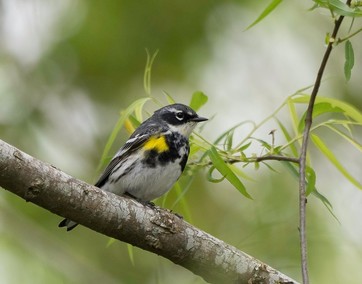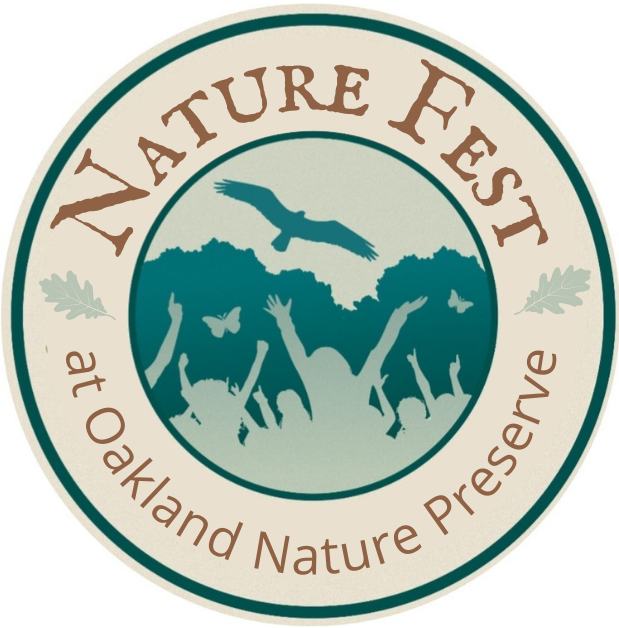 Peregrine Falcon
The Florida Keys are best known as a place to see waders and shorebirds, but Curry Hammock State Park offers something truly unique. Every year, from August through November, the park hosts the famed Florida Keys HawkWatch. This ongoing monitoring project has tracked raptor migrations between North and South America since 1999. The initiative evolved from a ten-year HawkWatch International project that collected data to study trends in Peregrine Falcon populations and other raptor species. Today, the Florida Keys HawkWatch is an entirely volunteer-led project that has grown into a full-scale monitoring effort for all avian species.
Of the 19 raptor species regularly observed during the count, Peregrine Falcons are undoubtedly the main attraction. The park is renowned as the location with the world record for the most Peregrine Falcons recorded in a single day (651 on October 10, 2012) and during a single season (3,836 in the fall of 2012).
What makes the Florida Keys such a hotspot for raptor migration? The answer involves saving energy. To cover long distances, raptors use rising warm air currents called ‘thermals.’ They ride the thermals upwards, like using an elevator. As the thermal cools off and stops rising, the birds take a sloping glide over to the next thermal (sort of like a zipline) and ride it back up again. Hopping between thermals lets raptors save energy while travelling hundreds of miles. Since thermals develop over land and not water, the rocky coral islands of the Florida Keys are the easiest path for many raptors on their journey south. At Curry Hammock State Park, the birds funnel themselves across little more than half a mile of land, creating an ideal situation for birders and scientists looking to spot them.
The park also boasts impressive counts of other raptors like the Broad-winged Hawk, American Kestrel, and Sharp-shinned Hawk, as well as species like Magnificent Frigatebirds and nighthawks.
To learn more about Curry Hammock State Park, visit the GFBWT website.
 Yellow-rumped Warbler by Brad Rohman
As Floridians say goodbye to Swallow-tailed Kites for the year, we get ready to welcome a new wave of visitors on their cross-continental journey. Be on the lookout for a host of warblers including the Chestnut-sided, Blackburnian, Palm, Yellow-rumped and Golden-winged, as well as raptors, cuckoos, thrushes and grosbeaks. These world travelers use nothing but their own small yet powerful bodies to traverse grand distances humans would find daunting. Why do they go through all the trouble? Going south for the winter to avoid the cold seems intuitive when so many human ‘snowbirds’ do the same, but many birds are able to adapt to winter weather. On the other hand, once the birds have arrived in the tropics, why would they want to leave?
Ornithologists are hard at work answering these questions, and there are competing theories as to whether long distance migrants originated in the north or south of the continent. Either way, both locations have their advantages. The tropics may be warm all year, but longer northern summer days and seasonal plant and insect abundance can be a big plus when it comes to raising offspring. Migratory birds start their annual journeys in response to changes in day length, temperature, and food abundance. It is thought that long distance migrations may have originated from shorter journeys to and from prime feeding and breeding locations, and that these journeys extended in response to shifting environmental conditions.
Migrating birds display a range of abilities that would look like superpowers in a human. They fly thousands of miles and navigate using a variety of directional cues from the sun, moon and stars, the earth’s magnetic field, landmarks, and even smell. Fascinatingly, young migratory birds have an innate knowledge of how far and in what direction they should travel, even without knowing their destination. When they get to the wintering grounds they imprint on an area and will be able to find that spot again each year after, even if they get blown off course.
To see the incredible numbers of birds that migrate through our state, or even your home county, check out BirdCast to see real-time migration patterns and predictions across the US.

10 a.m. – 3 p.m. September 24, 2022
Join Oakland Nature Preserve for their very first Nature Fest! Enjoy meeting members of the environmental community, animal interactions, guided hikes, interesting presentations, and much more! Visit their website to register for boat tours of Lake Apopka, a Mindfulness Hike and Yoga with Christina, and to see the list of vendors and sponsors. The Nature fest program schedule will be posted closer to the event date.
With over 500 sites around Florida, there’s always something to do on the Trail. Check out the GFBWT Event Calendar to see what’s happening and when at some of our most beloved Trail sites. Follow the links for more information on each event.
|